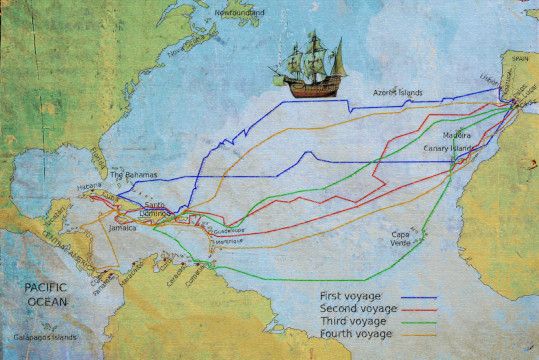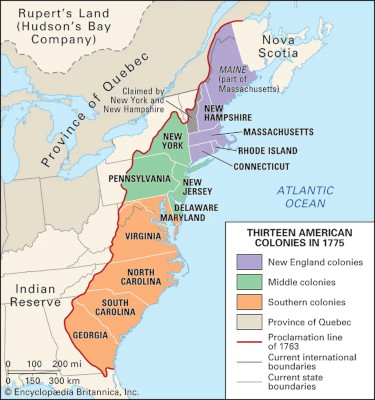We hold these truths to be self-evident, that all men are created equal, that they are endowed by their Creator with certain unalienable Rights, that among these are Life, Liberty and the pursuit of Happiness.
The slogan, Make America Great Again, or MAGA, is found throughout the country but never explained. Just when was America Great? What constitutes a Great Country? This site is designed to delineate possible candidates for when America was great. With on-going development I hope to describe why or why not the historic period in question was "Great".
This desire for "Greatness" feels much like a desire for Fascism. From Daniel Brin, I find these remarks:
"Fascism" is commonly applied to the authoritarian, nationalist and militaristic movements that rose following World War I in Italy, Germany, Spain, Portugal and several other countries. Drawing their name from the fasces, the symbol of Roman power and unity consisting of an unbreakable bundle of sticks, the Fascists strove to relive the glory of past empires by emphasizing commitment to a charismatic leader who represented the nation’s aspirations. It’s not too glib to say that Hitler wanted to “Make Germany Great Again” by reviving the Holy Roman Empire and the 19th century German Empire crafted by Otto von Bismarck, or that Mussolini sought to “Make Italy Great Again” by reclaiming the glory of ancient Rome, or that Franco wanted to “Make Spain Great Again” by harkening to the conquistadores and armadas of galleons deployed by Ferdinand and Isabella.
...
Fascism appeals to social anxieties of the majority, typically targeting small and vulnerable minorities as decadent forces corroding the national fabric. When successful, such appeals can facilitate the rise of a charismatic individual who embodies the “national will” to achieve greatness, and this usually doesn’t end well.
The organization of this site is based primarily along the lines of the "U. S. History Primary Source Timeline" of the Library of Congress. Material herein comes from the book "These Truths: A History of the United States" by Jill Lepore, inspirations from Mark Twain, and of course links to Wikipedia articles.



 The Louisiana Purchase (1803) extended United States sovereignty across the Mississippi River, nearly doubling the nominal size of the country. The purchase included land from fifteen present
The Louisiana Purchase (1803) extended United States sovereignty across the Mississippi River, nearly doubling the nominal size of the country. The purchase included land from fifteen present